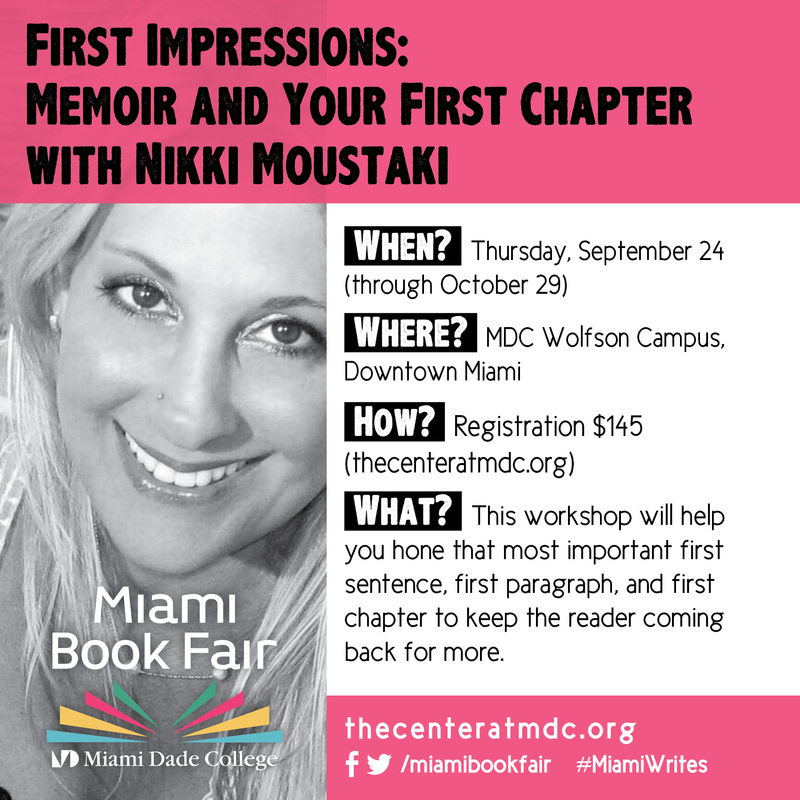
Pacing is defined as the flow of your story. I want to use a river metaphor here, but I won't. You get the drift (insert rim shot and cymbal here).
Unless you're writing in the style of a Russian novel where you feel compelled to show the reader every footfall on every mossy stair leading to the palace (and I recommend that you don't), then you need to pick and choose what parts of the action to show and what to leave to the reader's imagination. Choose what's most important and leave out the rest.
Don't write what you an infer. But don't rush, either. Discovering this balance in your writing takes practice.
Write what's important to furthering the plot or character development. Ask yourself: How does what I'm writing now matter to the discovery of new information about my story and characters?
Unless you're writing in the style of a Russian novel where you feel compelled to show the reader every footfall on every mossy stair leading to the palace (and I recommend that you don't), then you need to pick and choose what parts of the action to show and what to leave to the reader's imagination. Choose what's most important and leave out the rest.
Don't write what you an infer. But don't rush, either. Discovering this balance in your writing takes practice.
Write what's important to furthering the plot or character development. Ask yourself: How does what I'm writing now matter to the discovery of new information about my story and characters?
Here's a selection from Hemingway's brilliant memoir, A Moveable Feast. Hemingway proves here that you don't have to show each character's mundane actions or flesh out scenes that may be salacious. Rather, with a little craft, you can skip to the aim of the scene and/or leave out a scene altogether for a different kind of impact. Read it first without my notes, and then see my notes below.
(Click on Read More below)
(Click on Read More below)

 RSS Feed
RSS Feed